The first time I stepped into a deer blind, I knew almost nothing about what I was doing. Lucky for me, I had two things going for me.
One was a Weatherby 307, which is the shooter’s equivalent of an easy button. The other was the person sitting next to me: Jordan Budd.
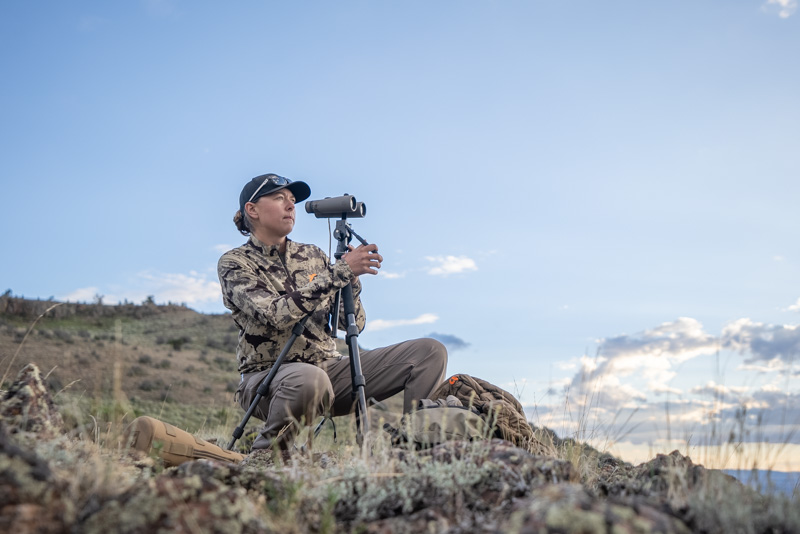
You might recognize Budd from her appearances on MeatEater. She also happens to be a Sig Sauer pro shooter, the head of operations at Running Water Hunting, and a damn good example to follow.
What can someone like that teach us about buying the best rifle for our needs? What kind of gear has earned space in her pack? I was just as curious as you are, so I jumped on a call and got the low-down from the pro herself.
Table of Contents
Loading…
We All Start With .22 LR
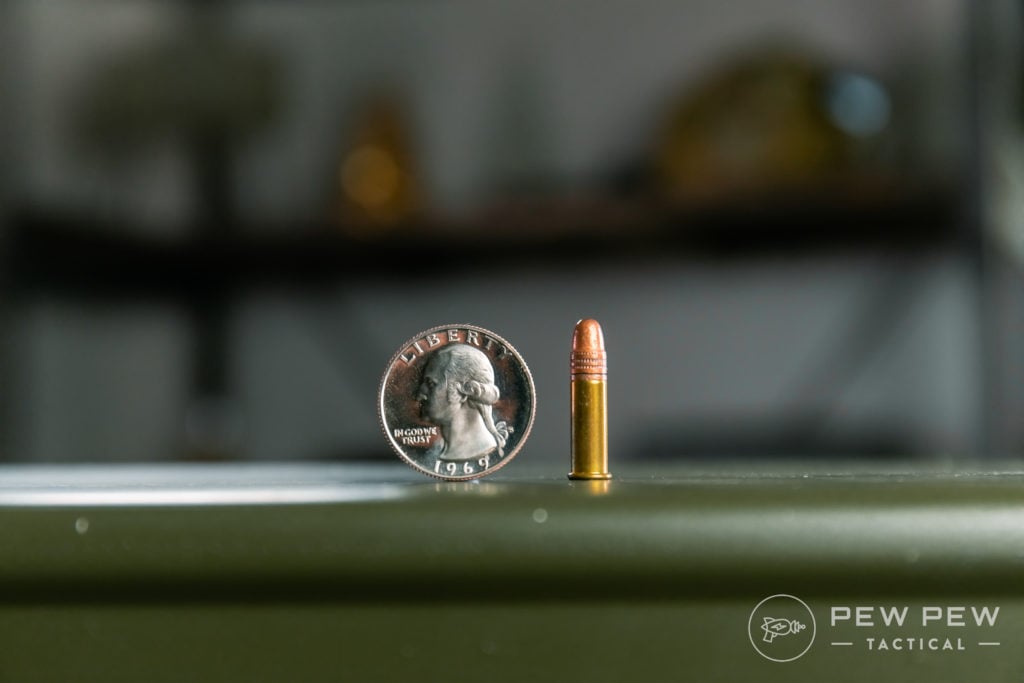
Everybody has to start somewhere, and it turns out that someone who’s hunted all over North America got the same introduction to shooting that most of us did.
“I remember my dad getting me a little .22 – they call it a Chipmunk – and it’s a single shot,” Budd told me on the video call. “I couldn’t cock it by myself, so he always had to do it.”
Prices accurate at time of writing
Prices accurate at time of writing
-
25% off all OAKLEY products - OAKLEY25
Copied! Visit Merchant
Interestingly, shooting has always been more of a means to an end than its own pursuit for Budd – not that you’d know it from watching her shoot.
“I wouldn’t say I’m just somebody that would just go to the range and go through a box of shells just for fun,” Budd said. “I just go and maybe shoot in a few different positions and a few different distances, but, you know, I just make sure it’s on, and then that’s kind of my shooting.”
I’ve seen enough MeatEater episodes to know that the Chipmunk-to-sharpshooter pipeline works. In fact, we should all probably be shooting more .22 LR, regardless of how experienced we are.
Six Years With The Sig Sauer Cross
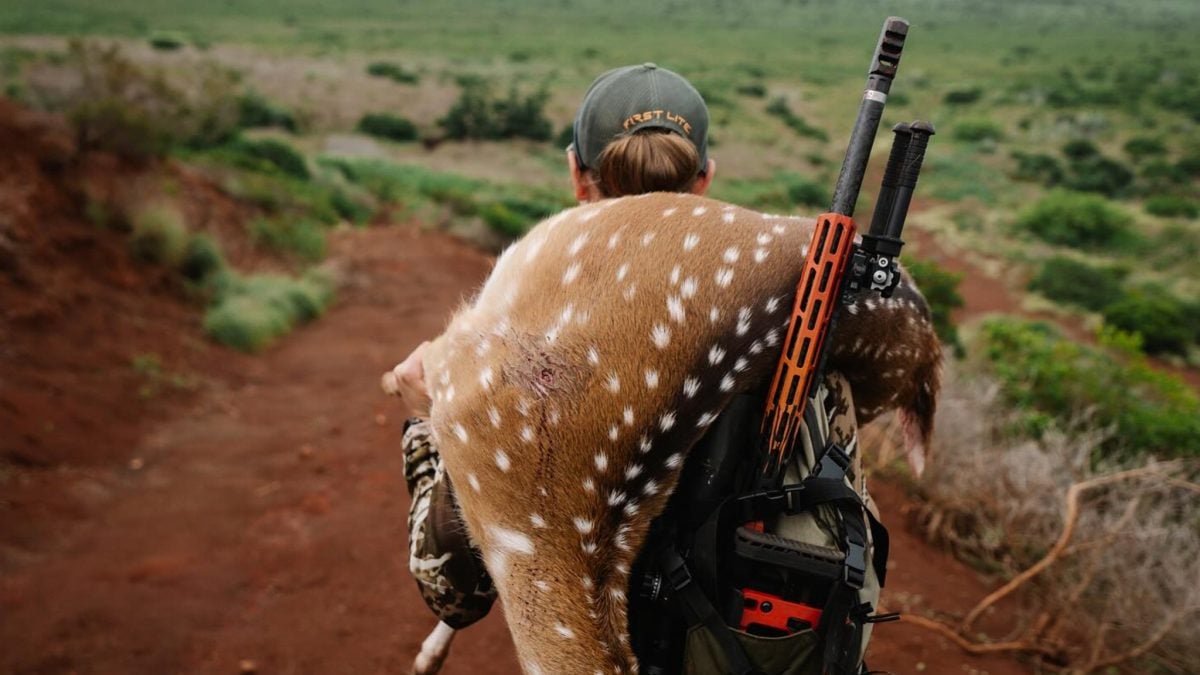
Being a Sig Sauer pro shooter gets you access to all the latest and greatest firearms the Newington, New Hampshire facility has to offer. For Budd, that means hitting the backcountry with a Sig Sauer CROSS.
It’s a modern, chassis-based, bolt-action rifle that brings a competitive long-range-precision edge to the hunting world. You can get it in all kinds of popular cartridges, barrel lengths, and stock configurations.
“I’ve been with Sig since 2018, I think, so it’s been a long time since the very start of the CROSS rifle,” Budd said. “So, yeah, I’ve taken it on a dall sheep hunt, we took it on Leah’s bighorn sheep hunt this last year, I shot deer with it, I shot an elk with it this year, I shot tons of coyotes with them. Yeah, axis deer, just really all across the board.”
All that experience has resulted in some pretty sound advice for anyone in the market for a new rifle.
“That’s one thing I always try to tell people; these new calibers are awesome, but – like a 6.5 PRC versus a 6.5 Creedmoor – you can get Creedmoor ammunition so easily,” Budd said. “Like PRC is gonna be, I mean, it’s more common now, but it’s gonna be tough to find on a shelf somewhere. Especially when ammo is hard to find, plus you’re in the boondocks, and you lose your stuff, or you forget your ammo, or whatever. Trying to find that in some little town is gonna be hard, whereas Creedmoor, I feel like, is a lot easier.”
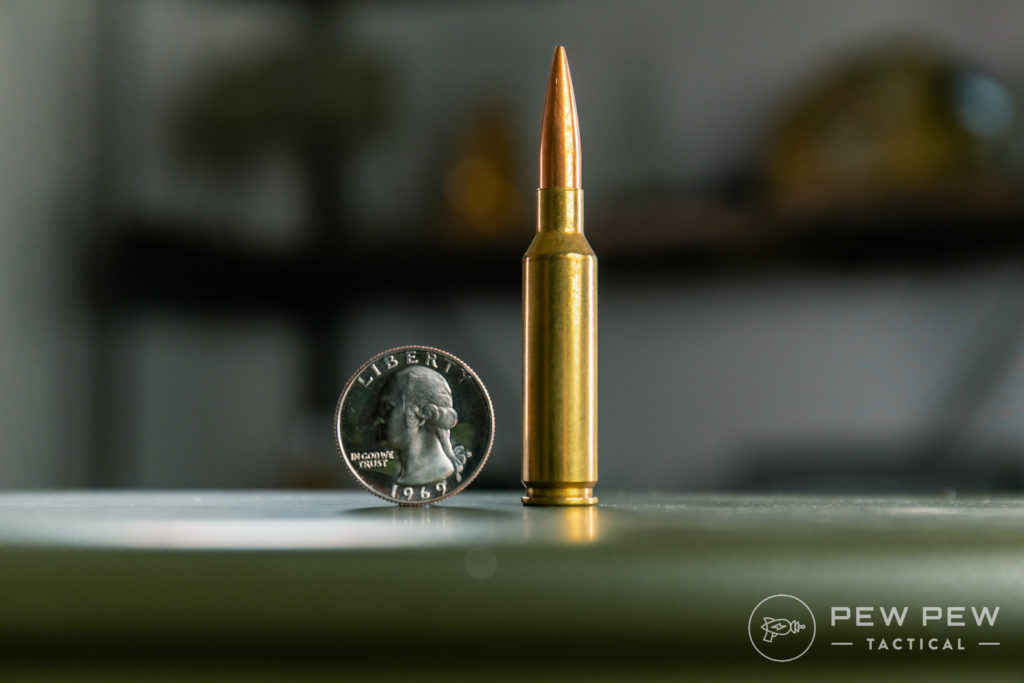
And then there’s the issue of training. If you’re pinching pennies or worried about shooting out your barrel, your fancy, hot-rodded ammo might not do you any favors.
It makes sense. It doesn’t matter if you’re talking about hunting, competitive shooting, or home defense – I’d feel a lot better about using a gun I’d shot in every imaginable training environment than something I can’t afford to practice with.
What other shooting gear does Budd recommend? One item stands out.
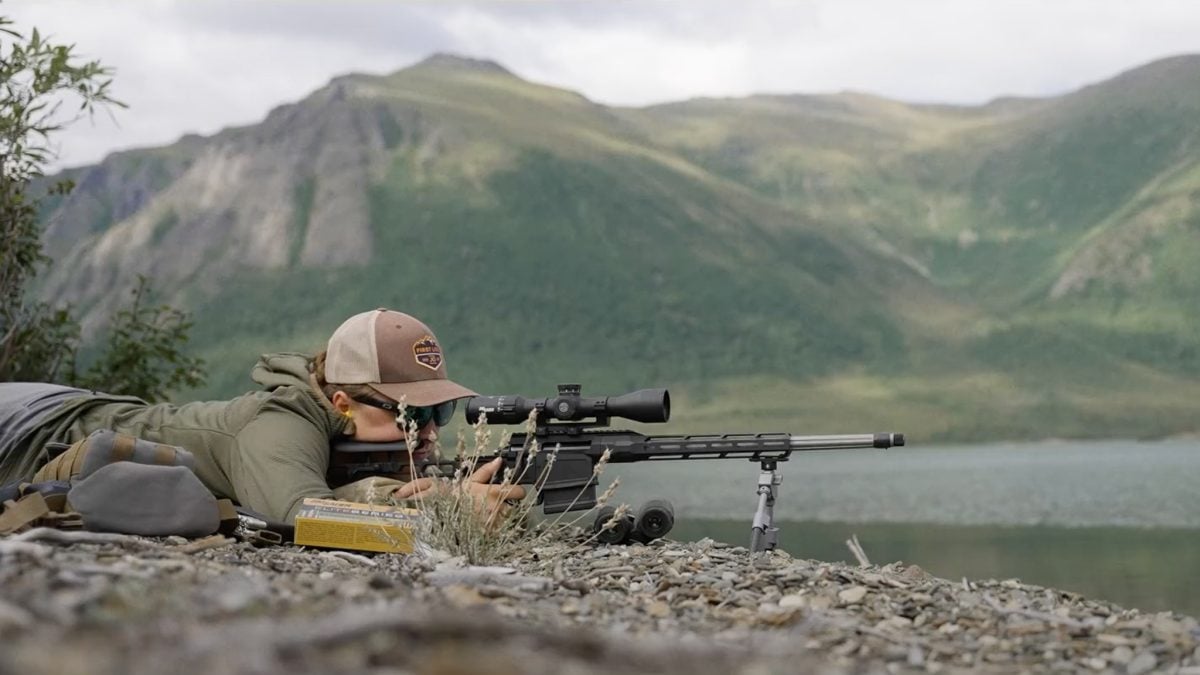
“I think a rangefinder is probably second to, you know, your rifle and a scope,” she said. “It’s always interesting. You go from place to place. If you’re from somewhere where it’s heavily wooded and you’re used to shooting, you know, 200 yards, and you know what that looks like, and then you go to the plains and all of a sudden 200 yards – well, what looks like 200 yards is actually 300. You’re not even close. So I think a rangefinder is huge. They’re so accessible now, and they’re pretty affordable. There’s no reason to not have one.”
Prices accurate at time of writing
Prices accurate at time of writing
-
25% off all OAKLEY products - OAKLEY25
Copied! Visit Merchant
Allow me to illustrate that point. Using data from my personal rifle chambered for 6.5 Creedmoor; I’d need to dial up 1.2 MRAD for a 300-yard shot – that accounts for 10.8 inches of elevation drop. If I mistakenly dialed up 0.5 MRAD (my proper adjustment for 200 yards), I’d only account for half that elevation, and my shot would land 5.4 inches low.
You can probably appreciate that a rangefinder is a solid investment. Looking for one that can do it all without breaking the bank? Check out our guide to the Best Rangefinders.
Big Bears Require Big Pistols

The CROSS is a sweet rifle, but there are some jobs it can’t do, namely, save your bacon when a brown bear appears out of the bushes. So, what does a professional guide carry for bear defense?
“When I first started going into grizzly country when I was filming a lot, my dad got me a .44,” Budd said. “Dude, they’re just so big, and cumbersome, and hard to pack…they’re hard to spend a lot of time at the range with because they do kick so bad, and there’s just a lot to handle.”
These days, she carries a Sig Sauer P320-XTEN Comp. It offers 15+1 capacity, an optic-cut slide, a Picatinny rail for a light (bears attack in the dark, too), and a compensator to help tame the recoil of 10mm defensive loads.
Prices accurate at time of writing
Prices accurate at time of writing
-
25% off all OAKLEY products - OAKLEY25
Copied! Visit Merchant
Want to learn something terrifying? Grizzly bears have figured out that a gunshot likely means there’s a freshly killed elk or mule deer on the ground. Popping off a round in the backcountry might as well be ringing a dinner bell for every grizzly in earshot. I’d probably want more than six shots and a double-action trigger, too.
The P320-XTEN Comp is a great safety blanket. But toting that kind of iron can get uncomfortable on your waist, especially if you’re also wearing a heavy pack with a hip belt.
“I run chest holsters from Northwest Retention [now Invader Concepts], but a lot of people make them,” Budd said. “It’s like three straps: one strap goes around your body, and then another that just goes across one shoulder. I run it underneath my binocular harness, and it still works good like that. I have a bad habit of getting somewhere and then being – especially if I’m hot – I take my bino harness off. It’s like the first thing I do. So if I do that, then the holster is always on me.”
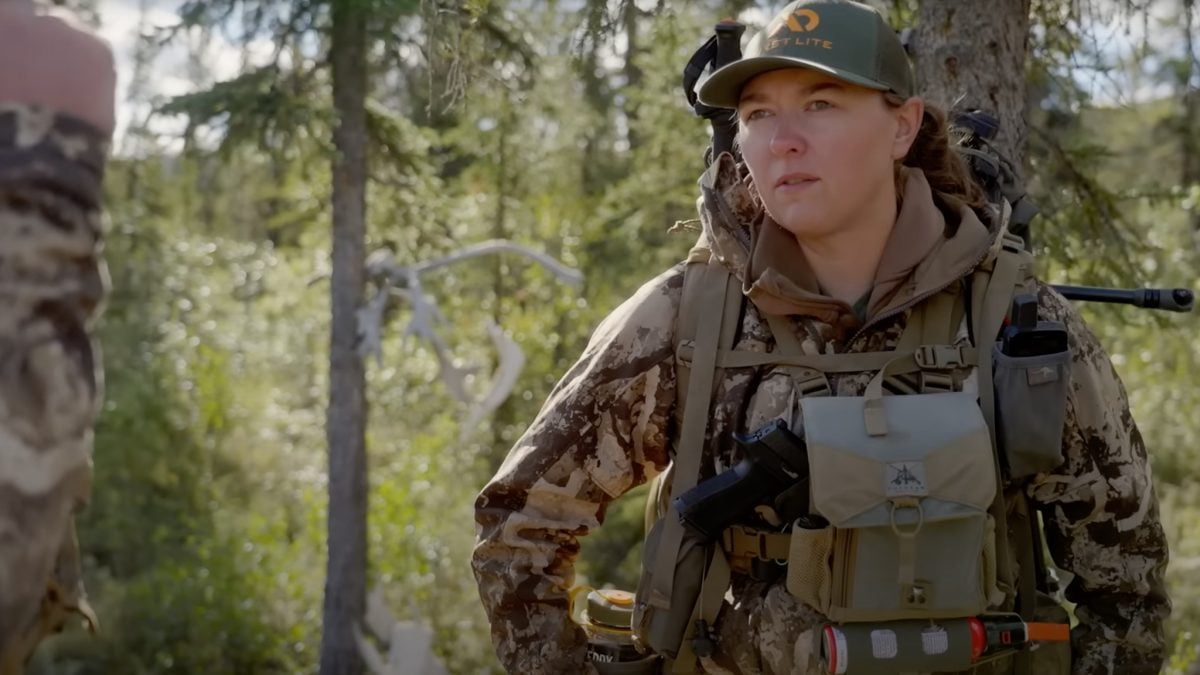
Of course, not every threat weighs 700 pounds and runs 35 miles per hour. That’s why Budd carries a much more civilized Sig Sauer P365-XL Spectre Comp as an EDC pistol.
Prices accurate at time of writing
Prices accurate at time of writing
-
25% off all OAKLEY products - OAKLEY25
Copied! Visit Merchant
That’s no run-of-the-mill P365. The slide is longer, with an optic cut and a built-in compensator. The larger grip holds 12-round magazines and features a more aggressive texture. The barrel and flat-faced trigger have a gold titanium nitride coating that reduces friction and looks like a reward you earn in a video game.
Concealed carry pistols don’t get much better than that.
State of the Shooting Industry
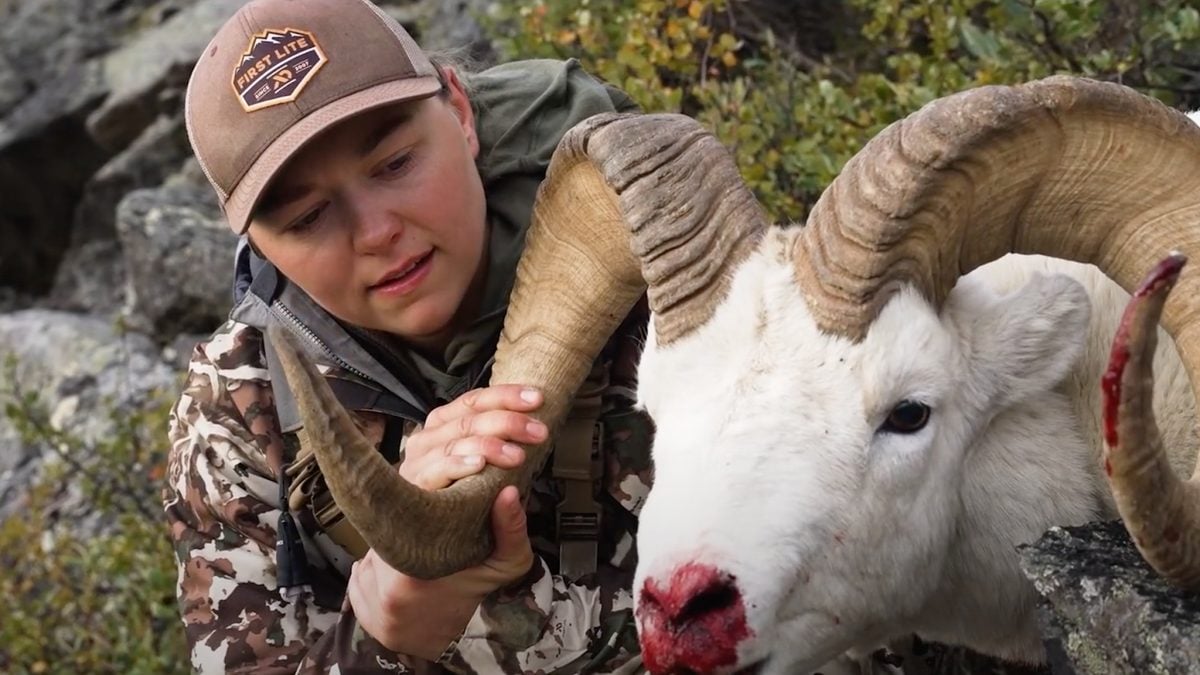
As is so often the case, our conversation eventually turned to firearm legislation and developing industry trends.
We – like many of you – have been closely following the proposed legislation regarding suppressors. They’re not just great for protecting your hearing that the range; they’re increasingly popular with hunters who usually don’t have the luxury of time to put on ear pro before taking a shot in the field.
It seems like more non-shooters are coming around to that realization. We all have to share public land and respect what our neighbors do on their property, so why not make shooting safer and less disruptive for everyone? There are lots of great places to buy a suppressor, and ATF wait times are on a steep downward trend.
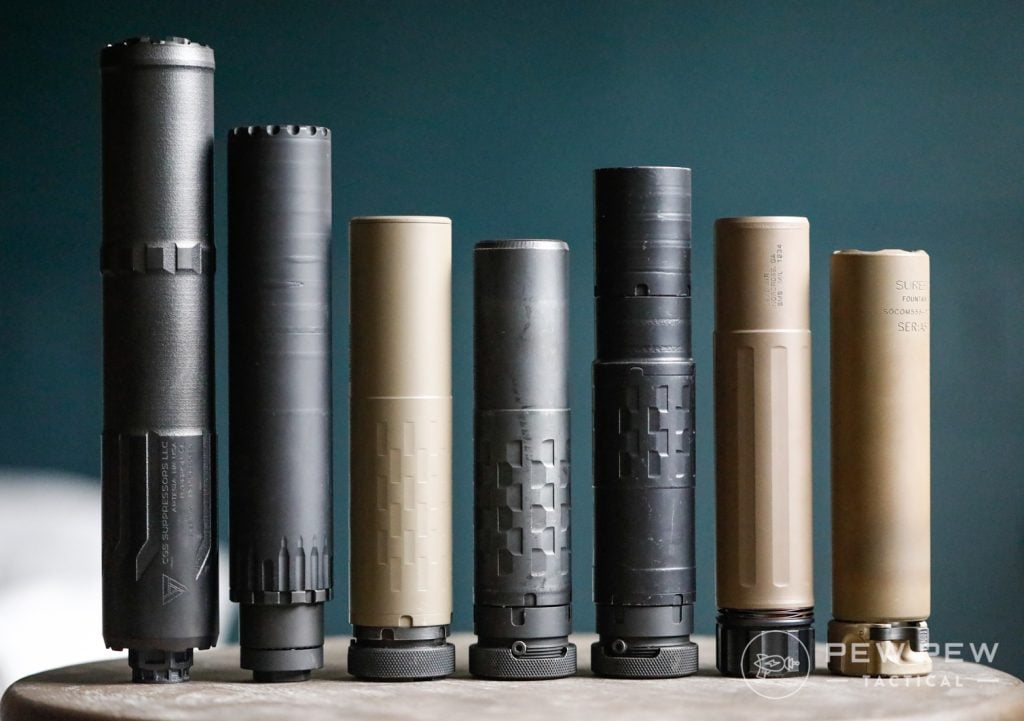
“The problem is people use ‘silencer,’ and it’s not,” Budd said. “They’re not silent. You’ve heard them; they’re not silent. But they help all kinds of things like helping your hearing, and I think even for people in congested areas, if you’re at the range and everybody has a suppressor, then people around that maybe don’t like shooting as much they won’t complain as much, either.”
It doesn’t matter if you’re a seasoned hunter, an AR-15 aficionado, or totally new to shooting. All of us – whether we own a gun or not – can learn a lot from people like Jordan Budd.
Want to learn more? Check out all the latest guns from Sig Sauer, watch a MeatEater episode or two, and – if you’re lucky – book a trip out to Running Water Hunting to get your own one-on-one time with Jordan Budd.
Which rifle would you take on a backcountry hunting trip? Let us know in the comments. For more great gear, check out our guide to the Best Hunting Rifles. If you like this kind of content and want to see more interviews, drop us a comment to help convince our editors that articles like these are keepers.

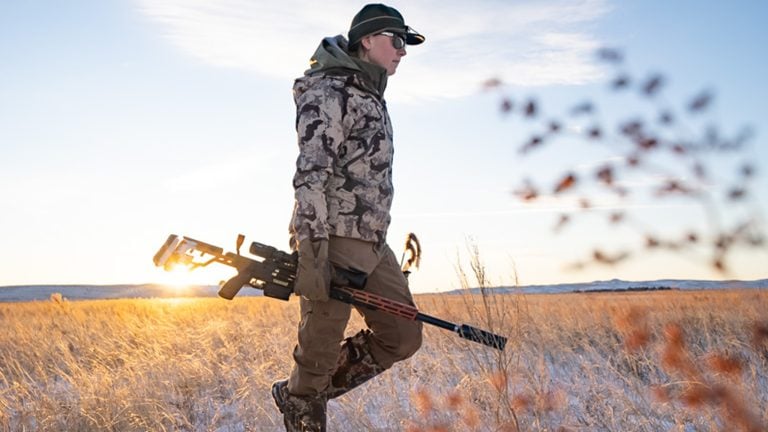

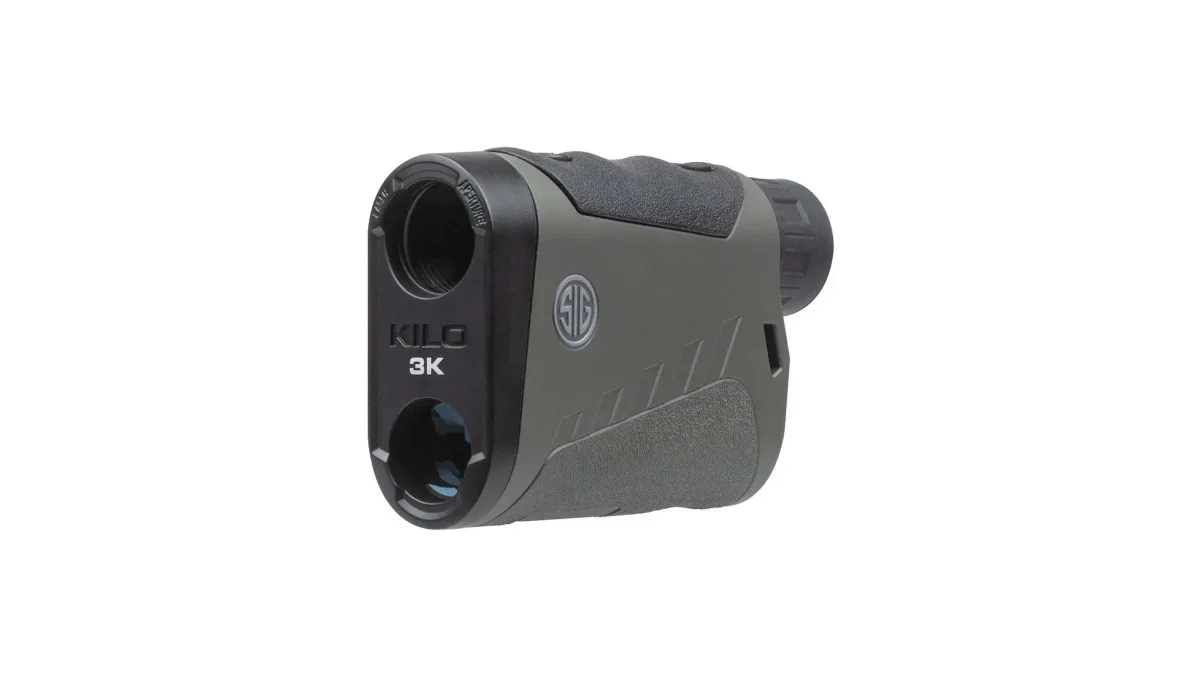
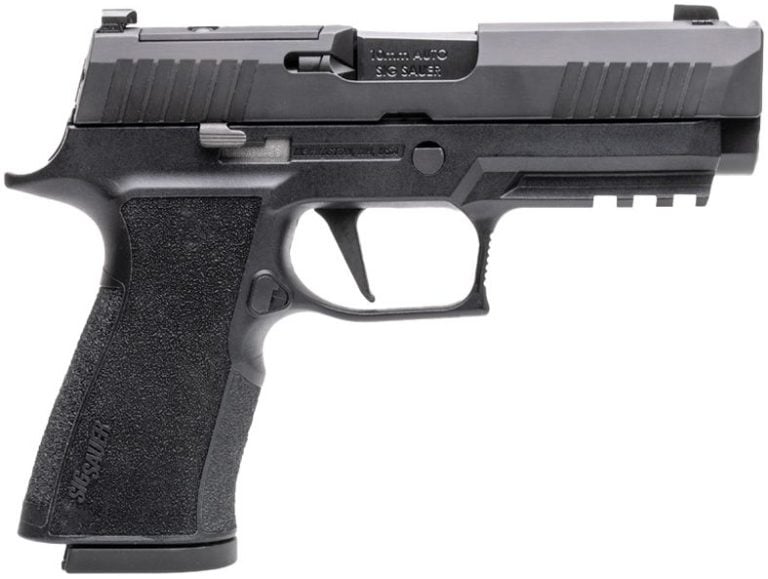
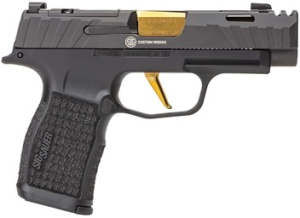
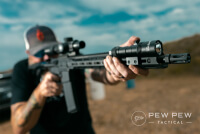






Leave a Reply